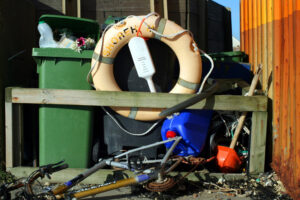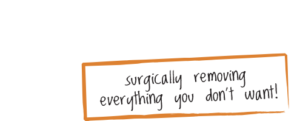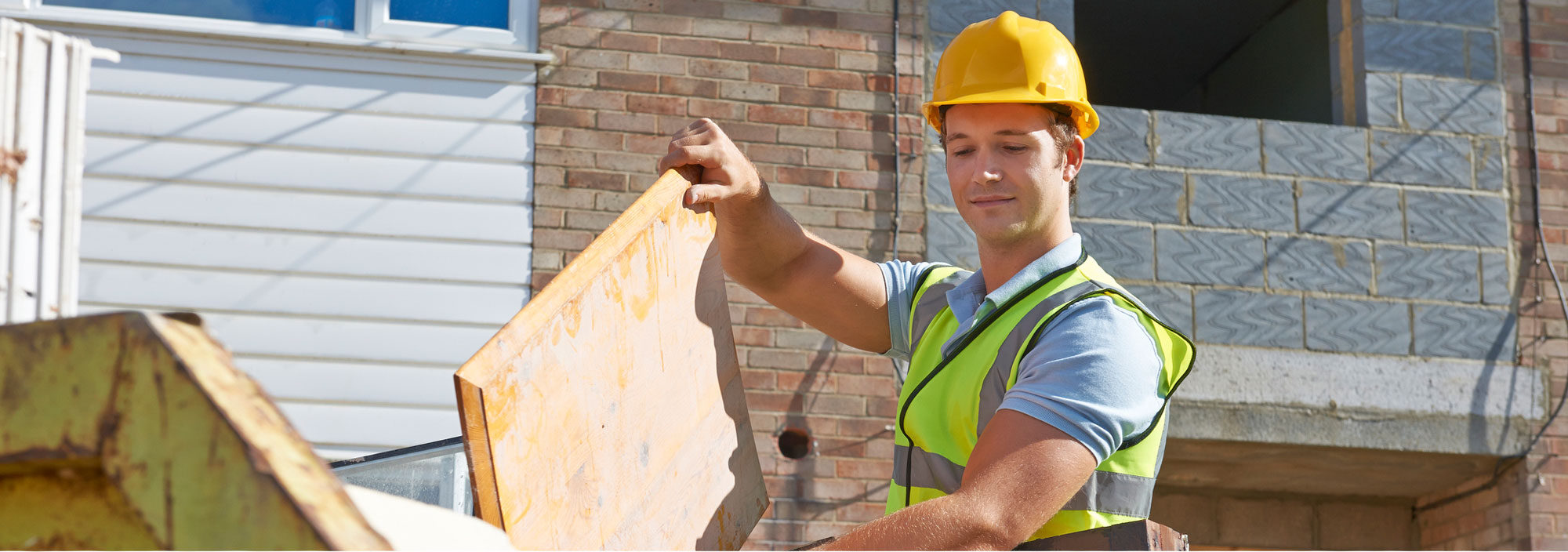How to Handle Residential Junk After a Flood

Experiencing a flood can be overwhelming, leaving behind a mess of damaged items and debris. Getting your home back to normal requires a step-by-step approach to ensuring safety and efficiency. Handling residential junk after a flood involves more than tossing out ruined belongings; it involves careful planning and responsible disposal.
With the proper guidance, you can tackle post-flood junk removal effectively, bringing your home back to a clean and safe space.
Assessing the Damage and Prioritizing Safety
The first step after a flood is to assess the extent of the damage. Before entering your home, ensure it’s safe to do so. Floodwaters can create hidden risks, such as electrical hazards or weakened structures. Turn off the electricity and gas supply to prevent accidents. It’s wise to wear protective gear like gloves and waterproof boots to shield against contaminants.
Begin by visually inspecting each area. Look for standing water, muddy residue, and waterlogged furniture. Note items that appear heavily damaged versus those that might be salvageable. Pay special attention to electronics and appliances, as water can compromise their safety even if they seem dry.
Some key safety steps include:
– Checking for structural damage before entering
– Wearing protective gloves and boots
– Shutting off the power supply
– Avoiding contact with electrical outlets or devices
– Being cautious around heavy or falling objects
Once you’ve taken these precautions, you can clean up debris and assess your belongings. Safety remains a priority throughout the cleanup process to ensure no further harm or injury occurs.
Sorting and Categorizing Damaged Items
Sorting through flood-damaged items can feel daunting, but organizing the process makes it manageable. Start by separating items into three categories: salvageable, unsalvageable, and hazardous. This will help you decide what to keep and what to discard.
Salvageable items may include solid wood furniture that can dry out or metal items with minor rust. Clean and dry these items thoroughly as soon as possible to prevent mould. Unsalvageable items often consist of waterlogged particle board furniture, mattresses, and textiles that absorb much water.
Consider setting up three separate areas for:
– Salvageable items that require cleaning and drying
– Unsalvageable items for disposal
– Hazardous materials that need special handling
Follow local disposal guidelines for hazardous items like cleaning supplies, paints, or electronics. Some chemicals and electronic components can harm the environment if not disposed of properly. By sorting effectively, you streamline the cleanup process and focus your efforts where needed.
Safe Disposal and Recycling Options
Proper disposal of flood-damaged junk is essential to prevent environmental harm. Start by checking local disposal guidelines, as some items have special requirements. For instance, electronics and appliances often contain hazardous materials that need specific handling. Many communities offer pick-up services for large items, making it easier to dispose of them responsibly.
Recycling plays a crucial role in managing flood waste. Separate recyclable materials like metal, glass, and certain plastics from general waste. Facilities usually handle these materials, turning them into new products, which reduces landfill use. Check if your community has a recycling drop-off centre or a curbside program.
Consider these options for safe disposal:
– Arrange pick-up with municipal waste services
– Take recyclables to community recycling centres
– Dispose of hazardous waste at designated facilities
– Participate in local flood-item disposal events
By opting for recycling and proper disposal, you help conserve resources and protect the environment, even after a flood’s aftermath. This approach ensures that junk removal is thorough and environmentally respectful.
Cleaning Up and Preventing Future Water Damage
Once you’ve disposed of the flood-damaged items, focus on restoring your home and preventing future issues. Begin by thoroughly drying out the affected areas. Ventilation, dehumidifiers, and fans help remove moisture, preventing mould and mildew growth. Check walls, floors, and hidden spaces where dampness can linger.
Cleaning up requires disinfecting surfaces to eliminate bacteria left by floodwaters. Use appropriate cleaning solutions for different surfaces and materials, ensuring all areas are hygienic and safe
Take preventive measures for future flood-proofing:
– Elevate electrical outlets and appliances
– Install sump pumps or improve drainage systems
– Seal basement walls and cracks for better waterproofing
– Maintain gutters and downspouts to direct water away from your home
These actions reduce the risk of recurring flood damage, protecting your home and belongings from future storms. With preparation, you can safeguard your living space against the elements and enjoy peace of mind, knowing your home is resilient to water damage.
Conclusion
Flood damage can seem overwhelming, but tackling it step-by-step helps restore your home effectively. Start by assessing the damage and ensuring safety, then sort and categorize your items. Proper disposal and recycling options clear your space and benefit the environment. Finally, clean thoroughly and implement measures to prevent future problems.
Remember, you’re not alone in this process—professional services exist to help ease your burden. For stress-free residential junk removal and clean-up, contact Dr. Waste. Our team is ready to provide comprehensive solutions tailored to your flood recovery needs. Let us help you bring your space back to life.

